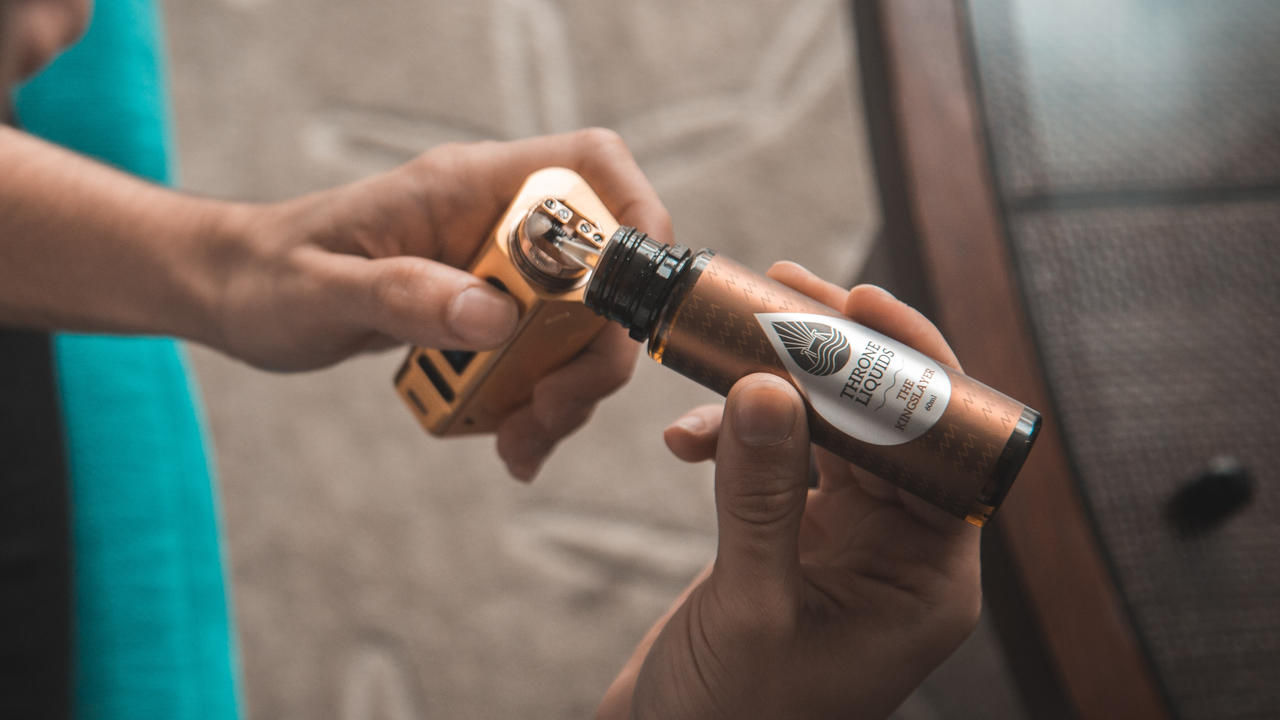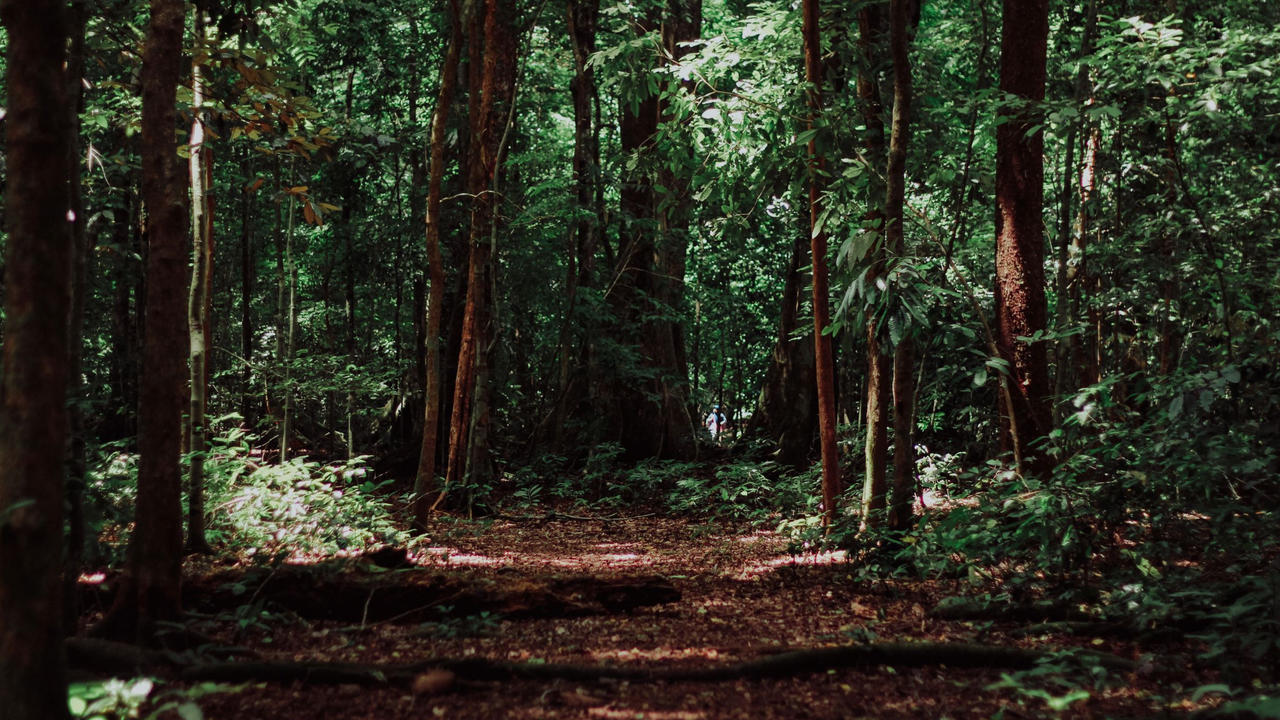Welcome to the
Age Sister Blog
Are you one of the many women feeling nervous about returning to an in-person workplace post-pandemic? It may surprise you to hear that other common midlife issues likely compound your worries about t...
As modern women, we take planning our lives very seriously. We schedule appointments into our favourite daytimers (probably one of several), we write lists, and we shape our careers by carefully plann...
Every year, I sit in a little booth while a technician coaches me to expand my lungs as much a possible. “Big breath in! And blow out as hard as you can”, she coaches, as she tests my lungs for overal...
It’s hard not to feel a little down about the news of the world these days. There seems to be nothing but stories about gloom and doom. So, this week, I’m hoping to lighten things up with some good ne...
When you think about the word diet, what images come to mind? Is it of the young, enthusiastic face telling you that their new magic supplement is going to help you shed 20 pounds? Or the less-than-ap...
Shinrin-yoku is defined as “taking in the forest atmosphere or forest bathing”, and is a mix of mindfulness, physical activity and group experience. Although it sounds like you might end up in a bod
...







